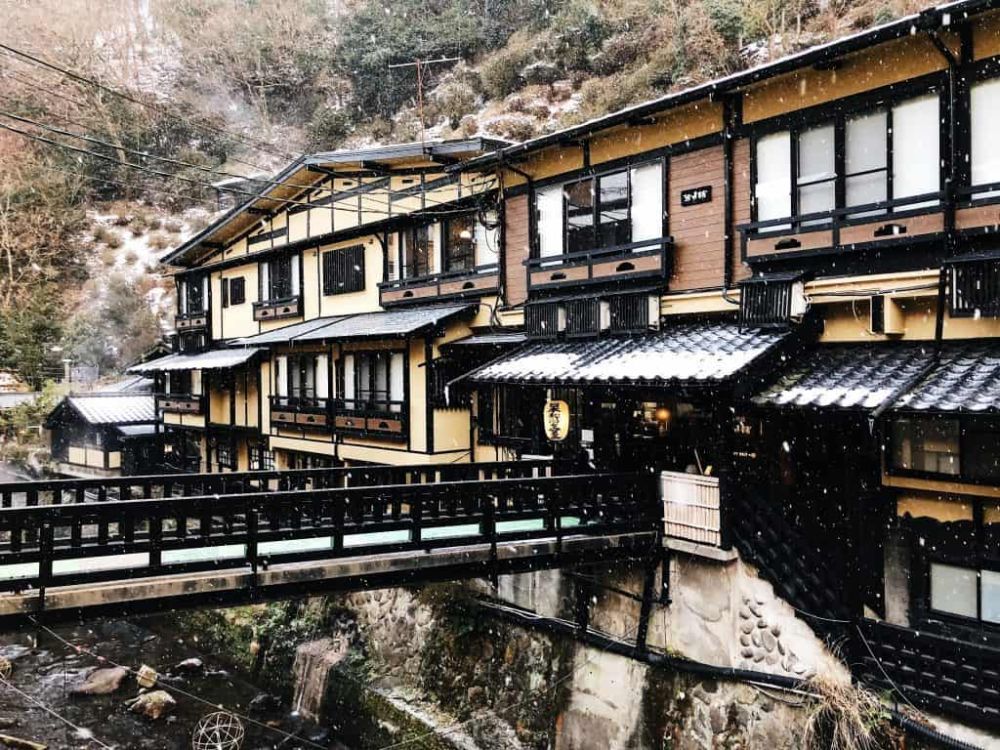

Kurokawa Onsen, located in the picturesque region of Kumamoto, has long served as a sanctuary for those seeking respite through its therapeutic hot springs. The history of tourism in this charming village extends back several centuries, and it's deeply intertwined with the Japanese culture of onsen (hot spring) bathing.
Bathing in Kurokawa Onsen is believed to have started during the 8th century with the recognition of its healing waters. Initially, it was primarily a local secret, with nearby villagers utilizing the thermal springs to rejuvenate and heal ailments. The onsen's profile started to increase gradually within the Kyushu region.
The Edo period (1603-1868) marked the flourishing of onsen culture throughout Japan, and Kurokawa was no exception. During this time, traveling samurai and those on pilgrimage routes would stop to partake in the waters. By the 18th century, inns and bathhouses began to develop around these springs, laying the groundwork for today's onsen town.
But it wasn't until the 20th century, following Japan's rapid post-war economic growth, that Kurokawa Onsen started to evolve significantly as a tourist destination. The improvement in transportation and infrastructure facilitated easier access for a wider audience, including international visitors. Since then, the onsen town has skillfully managed to preserve its traditional charm and environment, which remain the main draws for visitors.
Understanding the importance of preserving its natural beauty and traditional architecture, the local community established regulations to ensure sustainability. Development is carefully controlled with guidelines such as restrictions on building height and the use of natural materials. This foresight has allowed Kurokawa Onsen to maintain its quaint, timeless atmosphere, making it uniquely attractive to tourists seeking an authentic Japanese experience.
Recent trends in Kurokawa Onsen tourism have broached a strong inclination towards experiential travel, where guests immerse themselves in local culture and traditions. This includes participation in traditional Japanese customs such as communal bathing, staying in ryokans (traditional inns), and enjoying kaiseki ryori (multi-course meals). Visitors are also attracted to activities that promote wellness and mindfulness, inherently tied to the onsen experience.
Kurokawa Onsen has shown incredible resilience, recovering from natural disasters such as the 2016 Kumamoto earthquakes, and more recently, adapting to the challenges posed by global events like the COVID-19 pandemic. These challenges have underscored the onsen's commitment to safety and health, further solidifying its reputation as a haven for wellbeing.
Today, Kurokawa Onsen continues to be a jewel in Japan's tourism landscape, with its blend of natural beauty, cultural depth, and commitment to traditional values. As tourists increasingly seek authentic and restorative travel experiences, this charming village is set to grow in popularity while maintaining the tranquil atmosphere that has defined it for centuries.